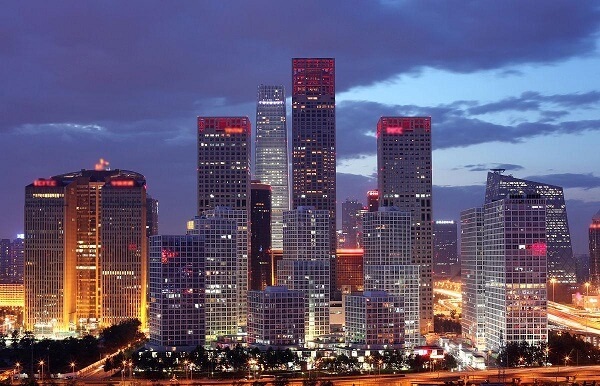Honor’s Solo Flight: Four Years Later, Still Seeking Its Glory
Fouryears ago, Honor, a once-renowned smartphone brand under Huawei, embarked ona solo journey after being spun off from its parent company. This separation, driven by US sanctions against Huawei, aimed to safeguard Honor’s future and allow itto navigate the turbulent global market independently. However, despite its ambitious goals, Honor’s journey has been marked by a complex mix of challenges and triumphs.
While Honor has managed to maintain its presence in the market and even achieved some notable successes, it has yet to fully reclaim the glory that once defined its brand. The path to regaining its former stature has been fraught with obstacles,including the lingering shadow of its Huawei heritage, the fierce competition in the smartphone industry, and the ongoing global chip shortage.
A Legacy of Success and Uncertainty
Honor’s history is intertwined with Huawei’s rise to prominence inthe global tech landscape. As a sub-brand, Honor carved a niche for itself by offering competitive smartphones at attractive price points, targeting younger demographics and value-conscious consumers. This strategy proved highly successful, propelling Honor to become a major player in the global smartphone market, particularly in China.
However, the USsanctions imposed on Huawei in 2019 cast a long shadow over Honor’s future. Faced with the prospect of losing access to essential technologies and components, Huawei made the difficult decision to sell Honor to a consortium of Chinese investors. This move, while intended to protect Honor, also severed the brand’s directconnection to its parent company, leaving it to navigate the market on its own.
Navigating the Post-Huawei Era
Since its single flight, Honor has faced a number of challenges. The most significant has been the need to establish its own identity and brand image, separate from Huawei’s legacy.This has been a complex process, as Honor’s success was largely built upon its association with Huawei’s technological prowess and brand reputation.
Furthermore, the global smartphone market has become increasingly competitive, with established players like Samsung, Apple, and Xiaomi vying for market share. Honor has had to compete aggressively on price,features, and innovation to maintain its position.
The ongoing global chip shortage has also presented a significant obstacle for Honor. As a relatively new independent entity, Honor has had to secure its own supply chains and navigate the complexities of the chip market, which has been characterized by limited availability and fluctuating prices.
Signs ofProgress and Challenges Ahead
Despite these challenges, Honor has achieved some notable successes in its independent journey. The brand has continued to release new smartphone models, expanding its product portfolio and targeting different market segments. It has also made significant investments in research and development, focusing on areas like 5G technology, artificial intelligence,and camera capabilities.
However, Honor’s journey to reclaim its former glory is far from over. The brand still faces significant hurdles, including the need to establish a strong global presence, build a loyal customer base, and compete effectively against established players in the market.
The Future of Honor
Honor’s future will depend on its ability to overcome these challenges and establish itself as a truly independent and successful brand. The company’s focus on innovation, its commitment to delivering value-for-money products, and its growing global presence offer a glimmer of hope for its future success.
However, the path ahead will bechallenging, requiring Honor to navigate a complex and competitive market landscape. The company’s ability to adapt, innovate, and build a strong brand identity will be crucial to its long-term success. Whether Honor can truly reclaim its glory remains to be seen, but its journey in the years to come will be oneto watch.
Views: 0
